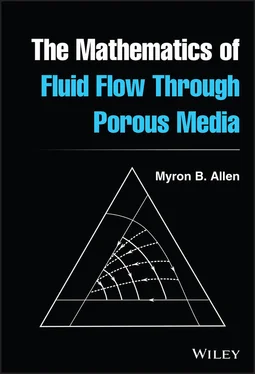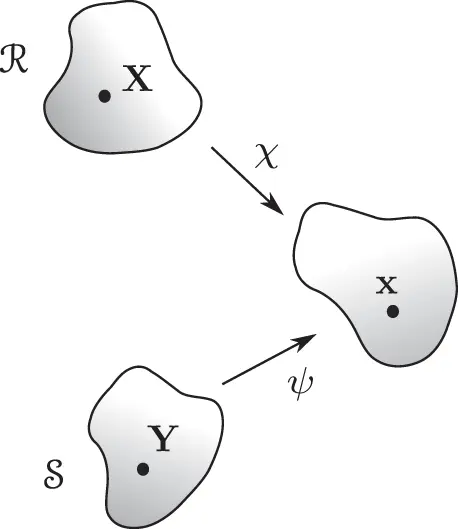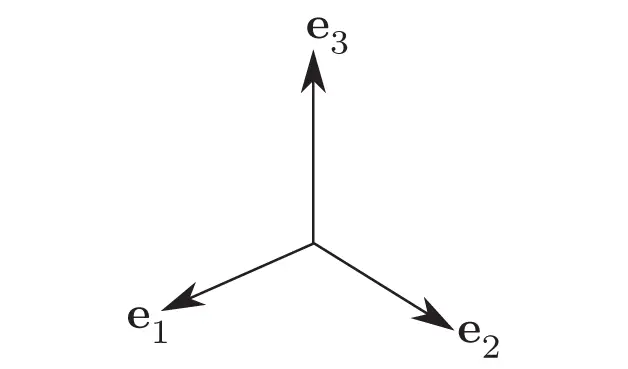Myron B. Allen, III - The Mathematics of Fluid Flow Through Porous Media
Здесь есть возможность читать онлайн «Myron B. Allen, III - The Mathematics of Fluid Flow Through Porous Media» — ознакомительный отрывок электронной книги совершенно бесплатно, а после прочтения отрывка купить полную версию. В некоторых случаях можно слушать аудио, скачать через торрент в формате fb2 и присутствует краткое содержание. Жанр: unrecognised, на английском языке. Описание произведения, (предисловие) а так же отзывы посетителей доступны на портале библиотеки ЛибКат.
- Название:The Mathematics of Fluid Flow Through Porous Media
- Автор:
- Жанр:
- Год:неизвестен
- ISBN:нет данных
- Рейтинг книги:5 / 5. Голосов: 1
-
Избранное:Добавить в избранное
- Отзывы:
-
Ваша оценка:
The Mathematics of Fluid Flow Through Porous Media: краткое содержание, описание и аннотация
Предлагаем к чтению аннотацию, описание, краткое содержание или предисловие (зависит от того, что написал сам автор книги «The Mathematics of Fluid Flow Through Porous Media»). Если вы не нашли необходимую информацию о книге — напишите в комментариях, мы постараемся отыскать её.
, distinguished professor and mathematician Dr. Myron B. Allen delivers a one-stop and mathematically rigorous source of the foundational principles of porous medium flow modeling. The book shows readers how to design intelligent computation models for groundwater flow, contaminant transport, and petroleum reservoir simulation.
Discussions of the mathematical fundamentals allow readers to prepare to work on computational problems at the frontiers of the field. Introducing several advanced techniques, including the method of characteristics, fundamental solutions, similarity methods, and dimensional analysis,
is an indispensable resource for students who have not previously encountered these concepts and need to master them to conduct computer simulations.
Teaching mastery of a subject that has increasingly become a standard tool for engineers and applied mathematicians, and containing 75 exercises suitable for self-study or as part of a formal course, the book also includes:
A thorough introduction to the mechanics of fluid flow in porous media, including the kinematics of simple continua, single-continuum balance laws, and constitutive relationships An exploration of single-fluid flows in porous media, including Darcy’s Law, non-Darcy flows, the single-phase flow equation, areal flows, and flows with wells Practical discussions of solute transport, including the transport equation, hydrodynamic dispersion, one-dimensional transport, and transport with adsorption A treatment of multiphase flows, including capillarity at the micro- and macroscale Perfect for graduate students in mathematics, civil engineering, petroleum engineering, soil science, and geophysics,
also belongs on the bookshelves of any researcher who wishes to extend their research into areas involving flows in porous media.


 and
and  occupied by a body in two reference configurations, along with the corresponding deformations
occupied by a body in two reference configurations, along with the corresponding deformations  and
and  that map a given particle onto a position vector
that map a given particle onto a position vector  at time
at time  .
. and
and  be the regions occupied by a body in two different reference configurations, giving the referential coordinates of a certain particle as
be the regions occupied by a body in two different reference configurations, giving the referential coordinates of a certain particle as  and
and  , respectively, as illustrated in Figure 2.3. Let
, respectively, as illustrated in Figure 2.3. Let  and
and  , respectively, denote the deformations associated with these two reference configurations. Thus the spatial position of the particle at time
, respectively, denote the deformations associated with these two reference configurations. Thus the spatial position of the particle at time  is
is  . Justify the relationship
. Justify the relationship  . This relationship makes it possible to reconcile the analyses of motion by observers who choose different reference configurations .
. This relationship makes it possible to reconcile the analyses of motion by observers who choose different reference configurations . is the time derivative of its position:
is the time derivative of its position:
 . In taking this partial derivative, we hold the particle
. In taking this partial derivative, we hold the particle  fixed and differentiate with respect to
fixed and differentiate with respect to  , just as in classical mechanics. We call the velocity (2.1)the referential velocityor Lagrangian velocity.
, just as in classical mechanics. We call the velocity (2.1)the referential velocityor Lagrangian velocity. , holding the spatial coordinate
, holding the spatial coordinate  fixed. To calculate this spatialor Eulerian velocityfrom the deformation, we first determine which particle
fixed. To calculate this spatialor Eulerian velocityfrom the deformation, we first determine which particle  passes through
passes through  at time
at time  , then compute the velocity of that particle:
, then compute the velocity of that particle:

 fixed applies to other functions, we adopt a special notation for this operation, called the material derivative. If
fixed applies to other functions, we adopt a special notation for this operation, called the material derivative. If  is a differentiable function of
is a differentiable function of  —that is, a function of referential coordinates—its material derivative is straightforward:
—that is, a function of referential coordinates—its material derivative is straightforward:
 is a function of spatial coordinates
is a function of spatial coordinates  , where
, where  , calculating its material derivative requires the chain rule. In this context, several common notations for partial differentiation can be ambiguous. If we denote by
, calculating its material derivative requires the chain rule. In this context, several common notations for partial differentiation can be ambiguous. If we denote by  and
and  the operations of partial differentiation of
the operations of partial differentiation of  with respect to its first and second arguments
with respect to its first and second arguments  and
and  , respectively, then
, respectively, then










